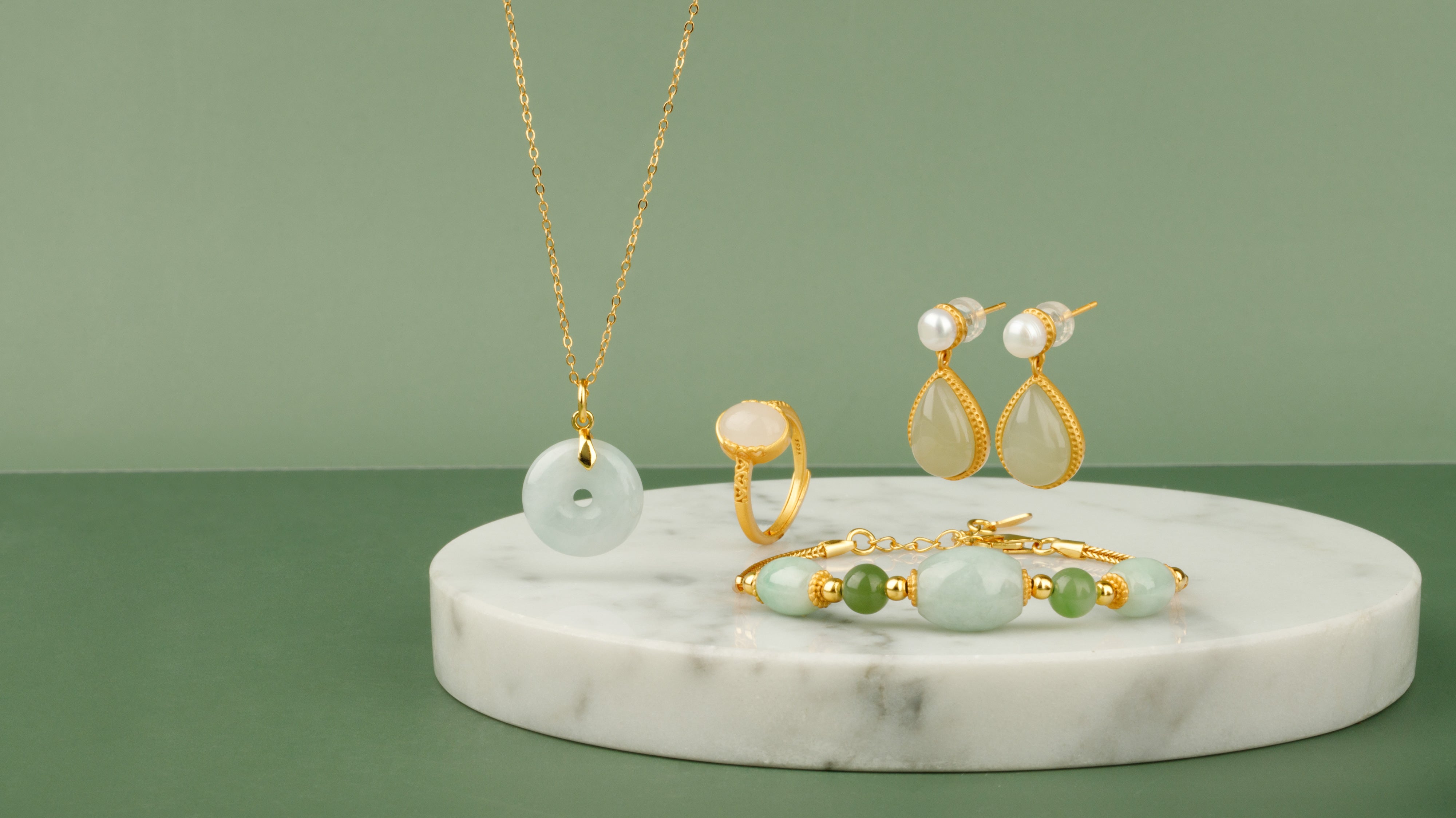Jade Price: What Causes Them and What You Need to Know
I. Introduction
Jade is a popular gemstone that has been prized for its beauty and cultural significance for thousands of years. In Chinese culture, jade is particularly valued for its association with good luck, prosperity, and longevity. The price of jade can vary significantly depending on several factors, including the quality of the jade, the color, transparency, and texture of the jade, the size and weight of the jade, and the rarity of the jade.
II. Factors Affecting Jade Price
A. Quality of the Jade
Jade quality is determined by a combination of factors, including the color, texture, translucency, and flaws. High-quality jade should have a rich, vivid color, a smooth texture, and no visible flaws or cracks. The highest quality jade is known as imperial jade and is extremely rare, with prices reaching into the millions of dollars.
B. Color of the Jade
The color of the jade can also affect its price. Generally, the most valuable jade is green, but other colors, such as white, lavender, and yellow, can also be highly prized. Jade with a mottled, multicolored appearance is often less valuable.
C. Transparency of the Jade
Jade that is highly transparent is typically more valuable than opaque jade. Transparent jade allows light to pass through it, which enhances its beauty and color.

D. Size and Weight of the Jade
Larger and heavier pieces of jade are generally more valuable than smaller pieces. The price of jade is often calculated per gram or per carat, so larger pieces of jade can command a higher price.

E. Rarity of the Jade
Jade is a relatively rare gemstone, and certain types of jade are more valuable than others. For example, imperial jade, which is found mainly in Myanmar (formerly Burma), is extremely rare and commands very high prices.

F. Supply and Demand of the Jade
The price of jade can also be affected by the supply and demand of the gemstone. If there is a limited supply of high-quality jade, the price can be driven up by high demand.

G. Market Conditions and Economic Factors
The price of jade, like any other commodity, can also be affected by market conditions and economic factors. Factors such as inflation, political instability, and changes in global trade can all impact the price of jade.
III. Types of Jade
A. Nephrite Jade
Nephrite jade is one of the two main types of jade, and it is found mainly in China, Canada, and Russia. It is typically green or white and is often used to make carvings, jewelry, and other decorative objects.
B. Jadeite Jade
Jadeite jade is the other main type of jade, and it is found mainly in Myanmar (formerly Burma). It is typically more valuable than nephrite jade and is known for its vivid, saturated colors.
C. Other Types of Jade
There are also several other types of jade, including black jade, lavender jade, and yellow jade. These types of jade are often less valuable than nephrite and jadeite jade.
IV. Jade Price Trends
A. Historical Trends in Jade Prices
The price of jade has fluctuated throughout history, with periods of high demand and high prices followed by periods of lower demand and lower prices. In recent years, the price of jade has been on the rise, with high-quality pieces commanding premium prices.
B. Current Market Conditions for Jade
The current market for jade is driven mainly by demand from China, where jade is highly valued for its cultural significance. However, the market for jade is also affected by global economic conditions, political instability, and changes in consumer preferences.
C. Recent Trends in Jade Prices
In recent years, the price of jade has been on the rise, driven mainly by increased demand from China. In 2014, a jadeite bangle sold for a record-breaking $27.4 million at an auction in Hong Kong, highlighting the increasing value of high-quality jade. However, the price of jade can be volatile and can fluctuate based on a variety of factors, including changes in consumer demand, changes in the supply of jade, and shifts in economic conditions.
D. Future Outlook for Jade Prices
The future of jade prices is difficult to predict, as it is influenced by a wide range of factors. However, some analysts predict that the demand for high-quality jade will continue to rise, particularly as Chinese consumers become more affluent and the country's middle class expands. This could lead to an increase in prices for high-quality jade, particularly rare and unique pieces.

V. Conclusion
The price of jade is influenced by a variety of factors, including the quality, color, transparency, size, and rarity of the jade, as well as supply and demand, market conditions, and economic factors. High-quality jade can command premium prices, particularly if it is rare or unique. However, the price of jade can also be volatile and can fluctuate based on changes in consumer demand and economic conditions. As Chinese consumers become more affluent and the country's middle class expands, the demand for high-quality jade is likely to continue to rise, potentially leading to an increase in prices for rare and unique pieces.




